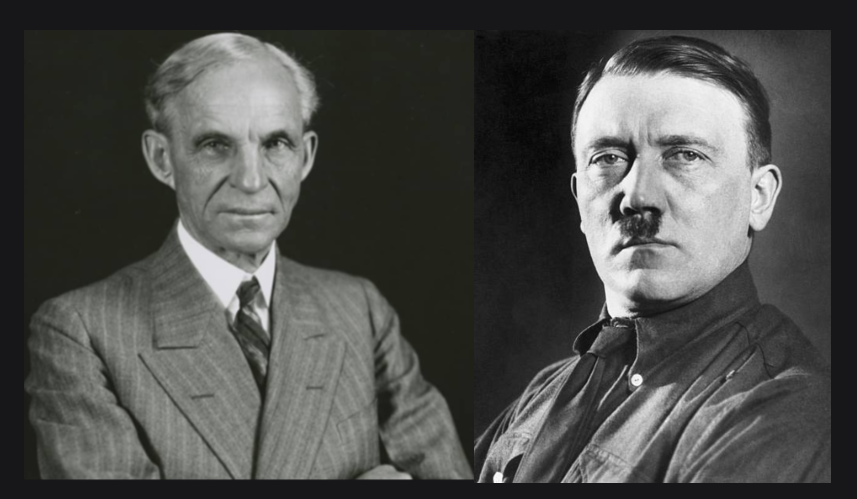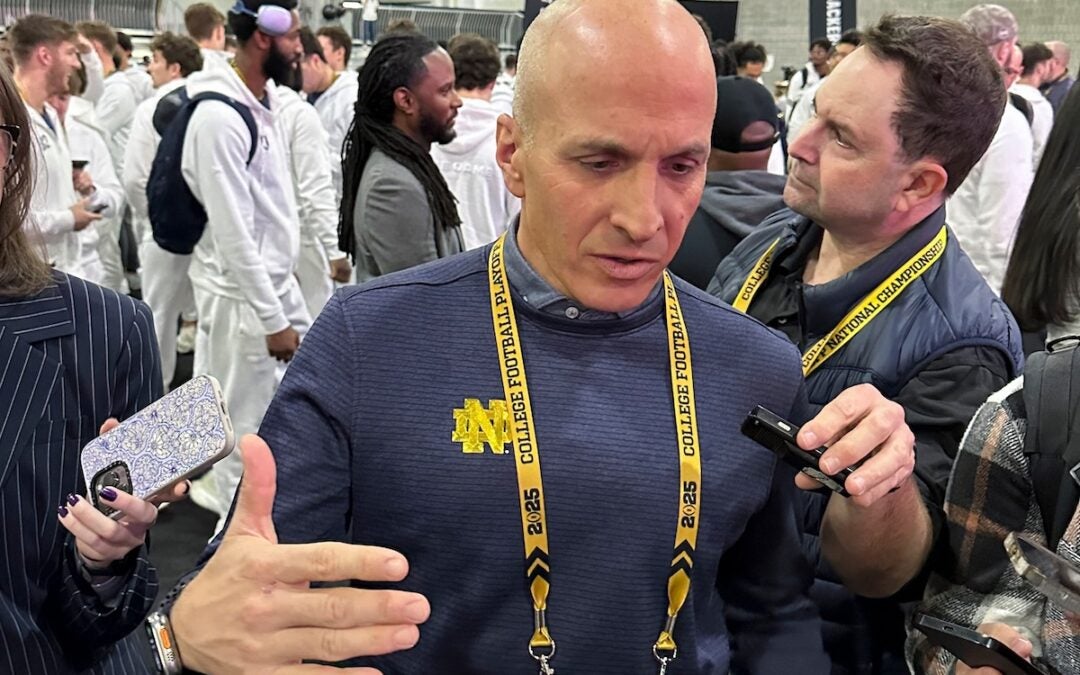Recently, a reader sent in a meme that showed Adolf Hitler posing in photos in front of Volkswagens, Audis, Porsches, Opels, Mercedes-Benzes and BMWs, and I reminded him that he should add Ford and Chevrolet to his list.
Politicians of late have been falling all over themselves to describe their opponents as Nazis and anyone following them as being in “collusion with fascists.” However, it is important to remember that some Americans really did, at least prior to World War II, admire Hitler and they had no problem with antisemitism, because they were antisemites themselves.
Once the United States entered the war with Nazi Germany, most of American industry was all-in on the side of the Allies, but when it came to America’s largest automakers, things got a little complicated.
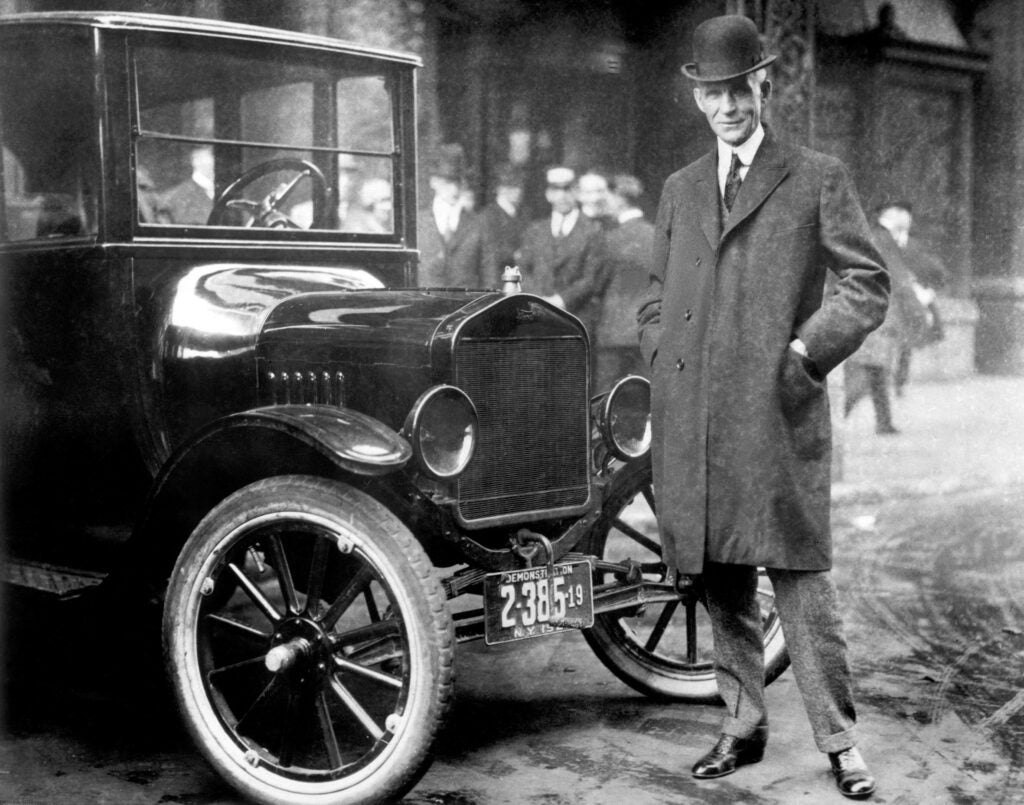
According to the Anti-Defamation League, American automakers had a difficult time breaking into the Weimar era economy, because even prior to the Nazis taking power, the German buyer was already a “nationalist” when it came to purchasing items.
Ford, in the late 1920s through the 1930s, remained in a solid 8th place, prompting the company to change and “Germanize” the name to Ford Werke. Meanwhile, General Motors got even more clever and simply bought out an already established brand, Opel.
The new branding did little to help as the German economy remained in the doldrums and only wealthy people could afford a car; those wealthy people were not going to buy a Ford when they could have a Mercedes. Even though Opel was an economy marquee, the poor couldn’t afford one when people were using marks as kindling and so that company struggled as well.
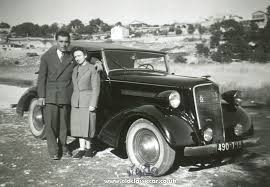
That fortune began to change, at least for Ford, when Hitler came to power.
Long before his Nazi party seized power in Germany, Hitler idolized Ford as the pair had quite a bit in common; both men avoided cigarettes, alcohol, lived the vegetarian diet and they both hated Jewish people with a white hot passion. Hitler even sang Ford’s praises in his manifesto “Mein Kampf.”
“Ford, [who], to [the Jews’] fury, still maintains full independence… [from] the controlling masters of the producers in a nation of one hundred and twenty millions,” Hitler wrote.
Ford owned the “The Dearborn Independent,” a weekly newspaper with him as publisher that ran for eight years starting in 1920. The virulently antisemitic paper had a large subscribership and was disseminated at every Ford franchise location in the country. Ford’s newspaper also published a small book titled, “The International Jew,” which became almost required reading for members of the Ku Klux Klan, the domestic terrorist group that hated Blacks and Jews equally.
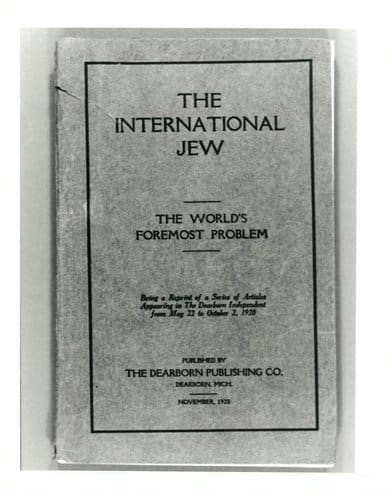
Like other immigrant groups, such as the Irish and Chinese, a massive influx of two million Jewish immigrants in the 1880s was met with discrimination and bigotry.
The Irish were considered lay-about drunks, the Chinese were taunted as an inferior race that wanted to mate with Caucasian women and create a sub-human race of mongrels and the Jews were portrayed as unrefined, vulgar, “money grabbing” capitalists on one hand and then, on the other hand, accused of infiltrating the banking system as a means to destroy capitalism, according to The Abraham Lincoln Brigade Archives.
It must be stated that Ford was not alone in his antisemitism, Charles Lindberg, Coco Chanel, Ezra Pound, T.S. Eliot and Roald Dahl were all very vocal in their hatred of Jews.
Once Hitler came to power in 1933, he awarded Ford with the Grand Cross of the German Eagle, the highest civilian award given to a foreigner.
By that time, Ford remained mostly a figurehead at the company, allowing his son Edsel to be at the helm until Edsel’s early death by cancer. He did return to Ford’s presidency from 1943 to 1945, so it is difficult to tell exactly what knowledge the “father of the assembly line” had of his company’s relationship with the Nazi party and its war effort.
According to the Anti-Defamation League, Hitler cozied up to German industrialists, using their money to fund both his fledgling political party and his extravagant lifestyle, which included being chauffeured around Munich in his Mercedes-Benz 770 Grosser Mercedes.
Once in power, Hitler was quick to take over those industries and place them under total state control, leaving his industrialist friends to “run” the companies under the watchful eye of the Schutzstaffel or SS. Interestingly, he did not seize either Ford or GM. However, that does not mean he allowed them to operate freely. In fact, it is well documented that Ford in America tried to distance itself from Ford Werke.
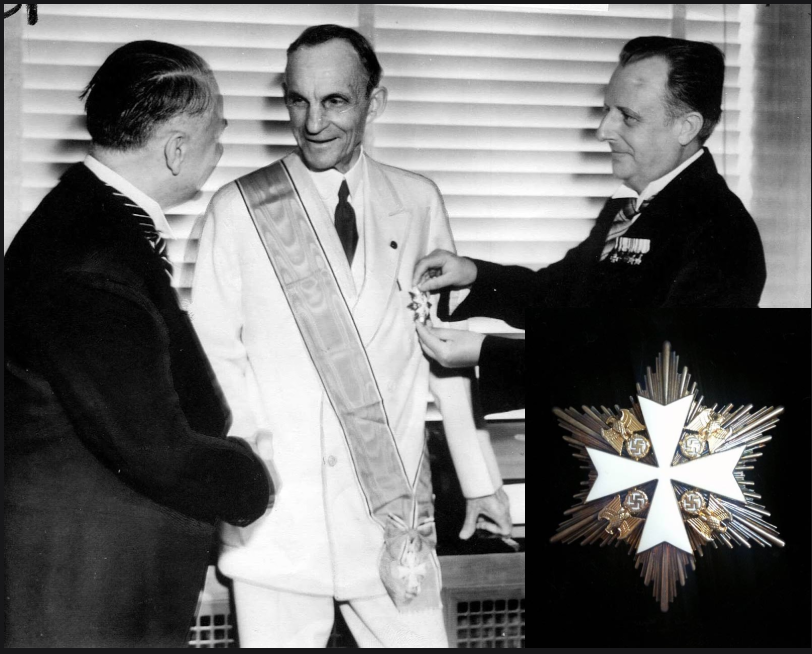
When told of the slave labor being used in his factories, Ford simply responded that he had lost control of the company and that he was forced to use the workforce that the Nazis dictated. Ford tried his best to convince Americans that his company was all-in to beat the Nazis, but the entire time, his company was building trucks and other equipment for the German war effort. The documents discovered after the war shows that the Ford company made significant profits during the war from both sides.
Not to be left off the hook, while GM did not have a famous antisemitic figurehead, they also let money guide their loyalties and maintained the Nazis forced them to build war materiel all the while cashing the checks coming out of Germany.
After the war, the U.S. Army released a report titled, “The Arsenal of Nazism” on Sep. 5, 1945, stating they had empirical evidence that Alfred P. Sloan and Henry Ford were well aware of the slave labor occurring in their factories; the report concluded that while Ford and Sloan profited off the Germans during the war, they likely had no knowledge of the plans for the “Final Solution” and that the Nazis were killing millions and millions of Jews, not just working them to death in the factories.
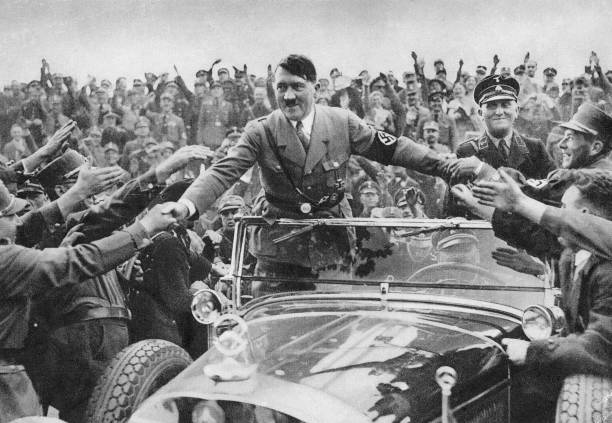
The ink on the report was barely dry, according to the Anti-Defamation League, when the Army brass buried the it in a musty file cabinet in a room in a warehouse somewhere outside of Washington, D.C. and it wasn’t mentioned again for decades.
After the war, both companies had the audacity to sue the federal government over the bombing of their factories, and they actually won their cases in court.
It would take decades after Ford’s death for the company to come clean about its role in the war.
In 2001, Ford settled with Holocaust survivors to the tune of $5 billion. The company then added on an extra $2 million specifically for victims of slave labor and spent another $4 million on research into human rights and slave labor.
Scott Hudson is the Senior Investigative Reporter, Editorial Page Editor and weekly columnist for The Augusta Press. Reach him at scott@theaugustapress.com

